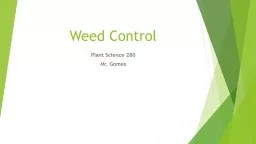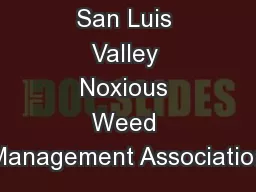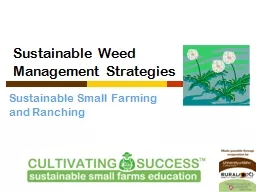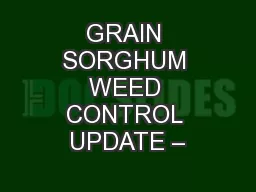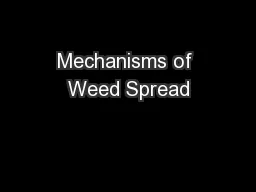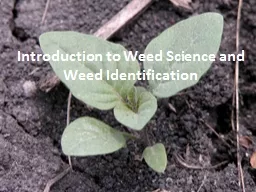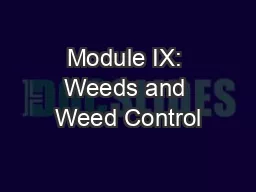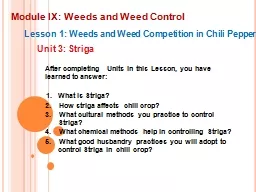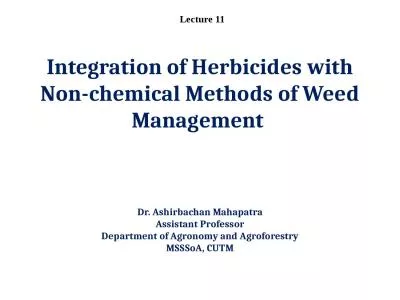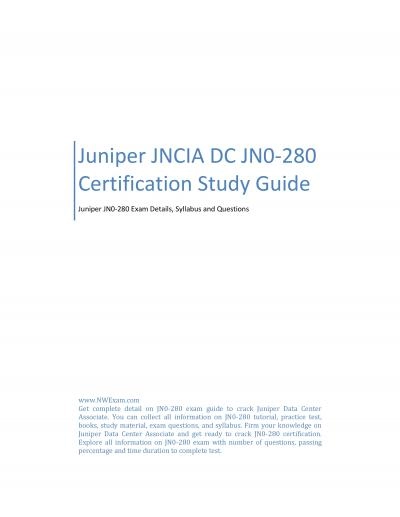PPT-Weed Control Plant Science 280
Author : luanne-stotts | Published Date : 2019-02-28
Mr Gomes Seed Production A live source of life A mature fertilized ovule embryo that has stored energy reserves A small plant packaged for shipmentjust needs the
Presentation Embed Code
Download Presentation
Download Presentation The PPT/PDF document "Weed Control Plant Science 280" is the property of its rightful owner. Permission is granted to download and print the materials on this website for personal, non-commercial use only, and to display it on your personal computer provided you do not modify the materials and that you retain all copyright notices contained in the materials. By downloading content from our website, you accept the terms of this agreement.
Weed Control Plant Science 280: Transcript
Download Rules Of Document
"Weed Control Plant Science 280"The content belongs to its owner. You may download and print it for personal use, without modification, and keep all copyright notices. By downloading, you agree to these terms.
Related Documents

